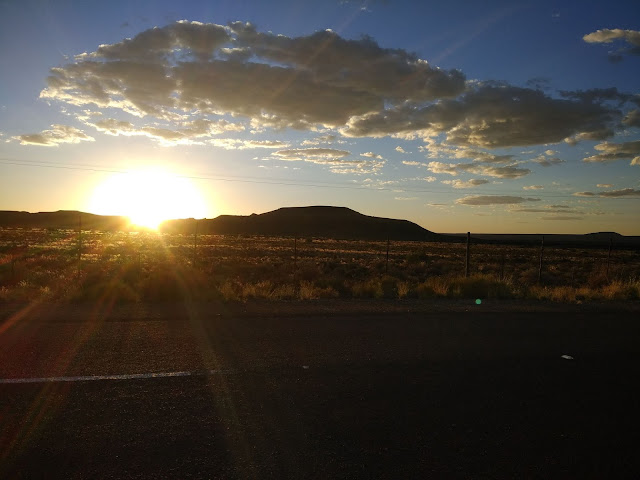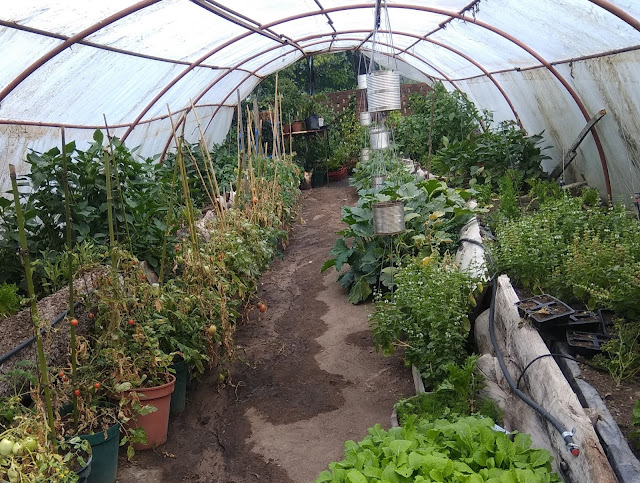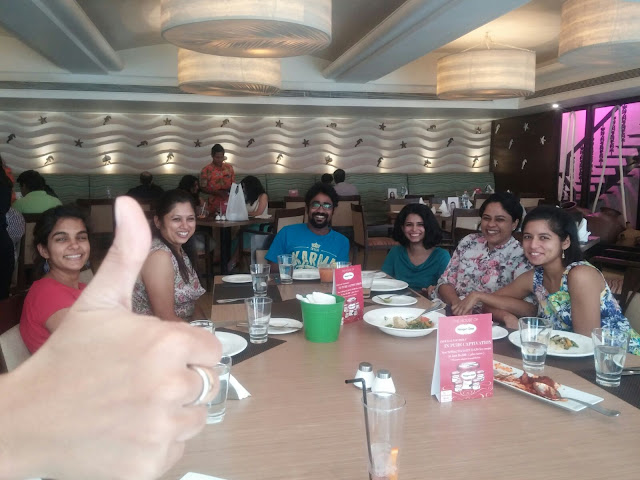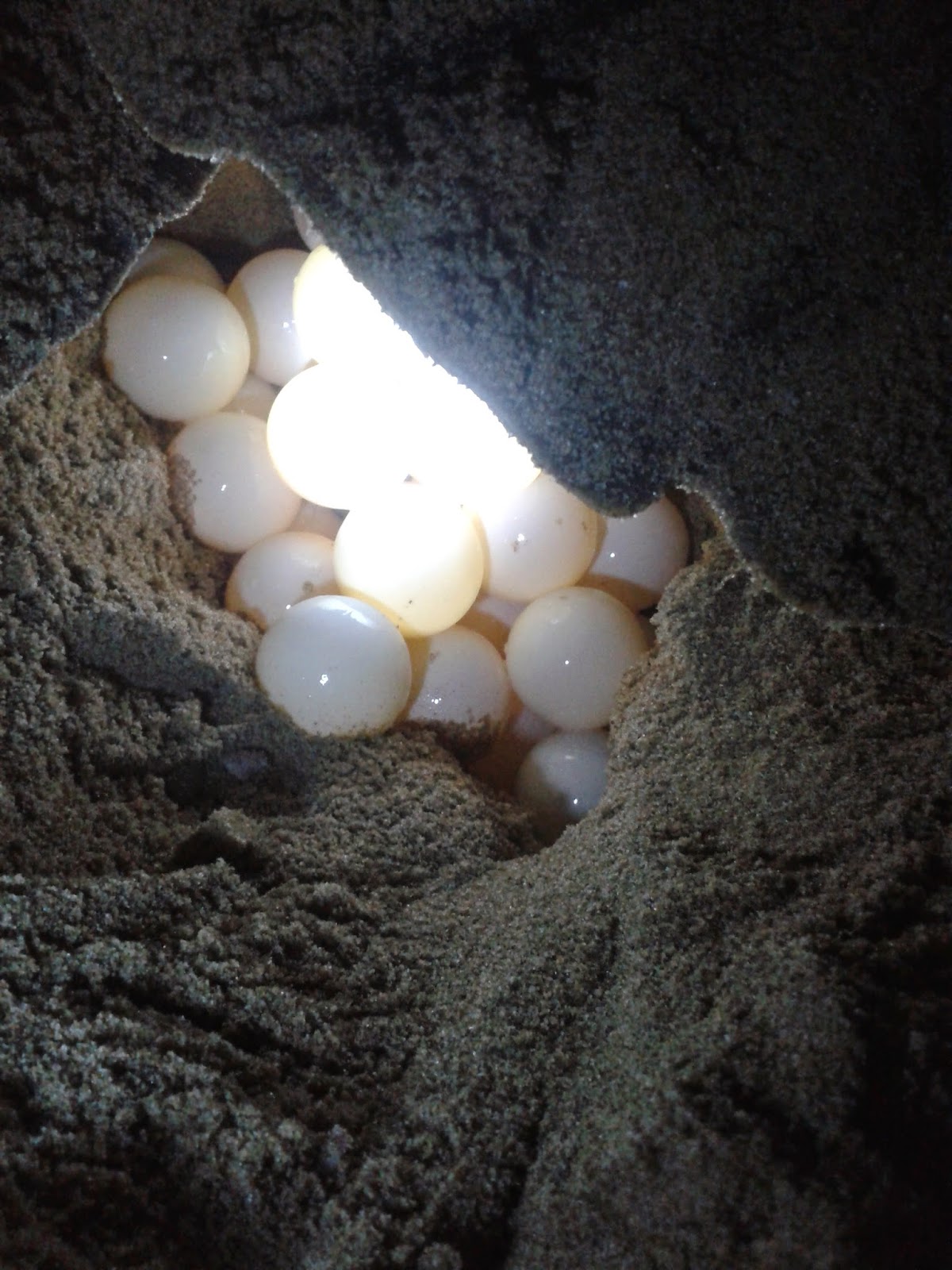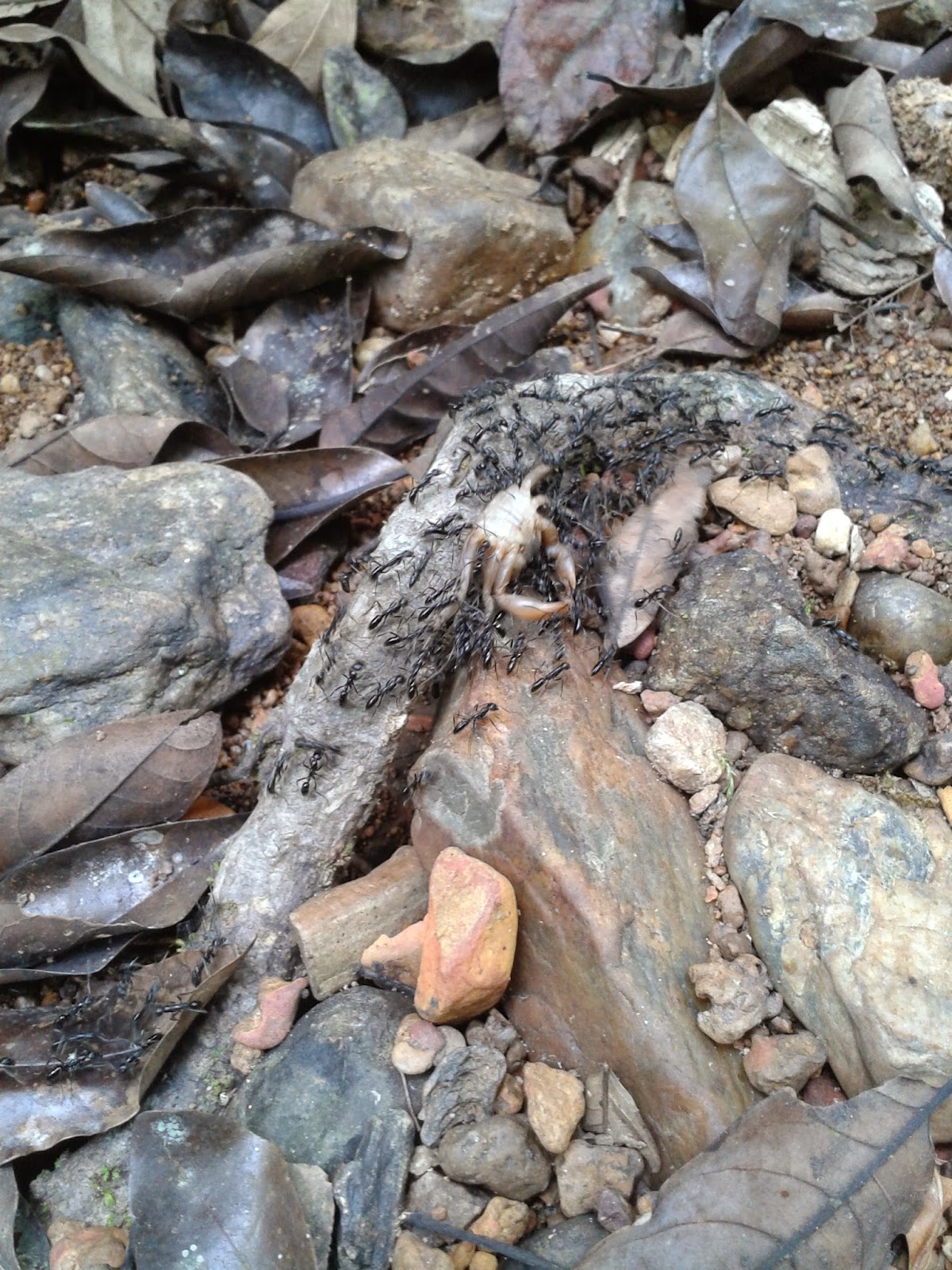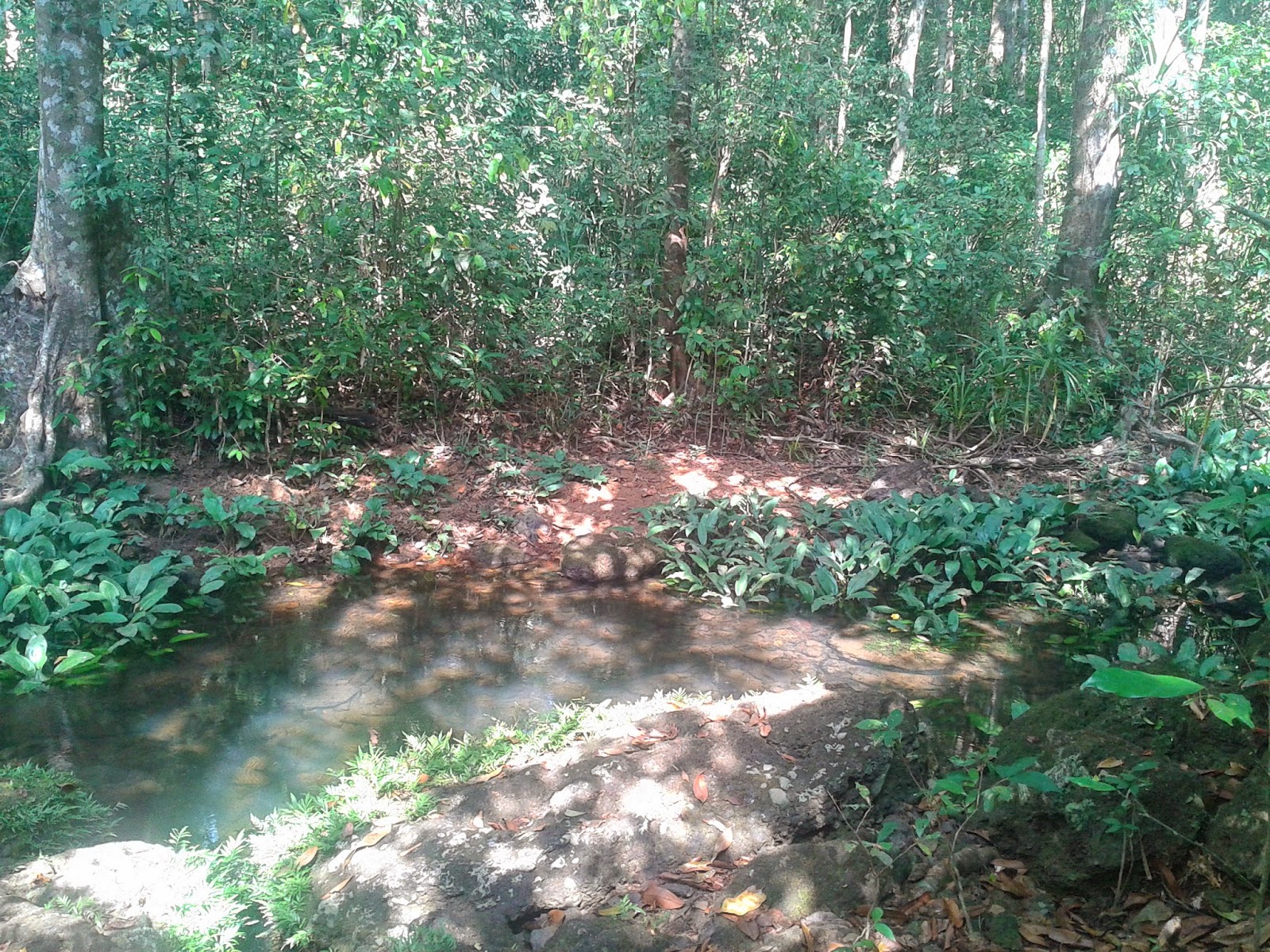The scene is tense over the shocking rise in reported rapes
from across the country. It is almost as if every case instigates two more. As
a concerned citizen and a fortunate female, I am inclined to analyse where we
as a society are going wrong. What justice is to be meted out to rapists, I do
not intend to discuss, but what I do see is an urgent need for change, and that
is what this article is about. I have tried to put forth a logical opinion, and
your comments are more than welcome.
The ghastly accounts of these incidences make one cringe. As
a girl it is terrifying to deal with the abomination: female foeticide on the
one hand, rape on the other. Where does this misogyny stem from? The causes of
rape can be explained in much depth and detail, but here is a short list:
·
Domination :- as a vent for aggression,
oppression, tension due to socio-economic instability
·
Deprivation :- not only sexual, but even simply
a healthy relationship
·
Desensitization :- lack of consequence, exposure
to titillation
·
Deviation :- paedophilia, perversion, sadism as
a result of monotony or lack of occupation
Domination is the most obvious cause, so I can safely assume
it is understood. Deviation is increasingly being brought to the fore in more
ways than one, the British crackdown on paedophiles being the most recent
example. That is an issue I’ve chosen to deal with in another article.
Deprivation is commonly perceived as unfulfilled sexual
desire. However in our society, I would say we deprive our children and youth
of a healthy male-female bond. Gender roles almost always override personality
and a discrete partition is maintained between boys and girls. Even before they
hit puberty, boys need to assert themselves. They seek approval of everyone in
general, and the one social section that denies them just that is girls. To the
extent that it is natural, it is healthy in the view of natural selection. But
when we bring up girls to fear and dislike males, we start a problem. Girls are
expected to play with girls, grow up learning to cook and clean and care for
the household; as women they are expected to respect and serve the males in the
house unconditionally. As females they are forced to be insecure in the
presence of males of any kind. A girl mingling with boys is unacceptable. At
this rate, what love do we aspire to foster between the two?
Desensitization is a major contributing factor to the
general social decadence. It is worrisome how numb we have become to the shock-and-awe
tactics of the capitalist market and media. Gruesome violence and deliberate
unnatural titillation has become mundane for the average Indian. You don’t have
to hide your pornography anymore; why, television and ad agencies are more than
happy to shove it in your face. Even toothpaste is sold by sexy vixens.
Moreover, the lack of consequence lowers the risk attached to the undertaking.
This is a three way incentive (for the lack of a better word) – the man stands
to lose nothing, the woman tends to choose silence over stigma and the law and
order keep running in circles over technicalities.
Why is rape such a big issue? It is both necessary and
disheartening that such a fundamental question be asked. Necessary as it brings
up questions and debates of various kinds of violations and disheartening because
as already mentioned, we have lost our sense of identity and sold our integrity
to capitalism. This might be a big accusation to make, but I have elaborated.
The world faces some pressing problems today – genocide, communal
violence and oppression, terrorism to talk of human rights, and energy crisis,
pollution, wildlife depletion in terms of the planet. Is rape really that grave
a crime or is it media sensationalism? Well, it is entirely true that we need
to take stock of our actions: we are violating the planet by misusing and over
extracting its resources; violating our fellow organisms by destroying their
habitats; violating our own kind by encroaching on their territory in the name
of politics and religion. And now we question if something as basic as
violating our own female counterparts is really that bad. I would say that is
where it all begins. Nations can go to war over resources, people can go to war
over religions. But a woman’s body is her own, she has but one body and one
life to live in it. If she and others around her cannot learn to respect that,
our hopes of solving our bigger problems are defeated. If men and women cannot
prevent rape out of mutual understanding, how can we aspire to end larger
violations and achieve world peace?
So as a statistic, more cases are reported from New York
than New Delhi. South Africa, crime capital of the world, has the highest rate
of 114.9 rapes per 100,000 people. Contrast this with 1.8 per 100,000 in India.
Why are we making raising such a hue and cry? Firstly, nothing justifies rape –
no statistic, cultural, comparative or moral reasoning can make it acceptable.
Secondly, if you have to compare, let us look at the literacy and poverty rates
of the two nations. South Africa has a female literacy rate of 92.2% while
India stands at 65.5%. 31.33% of South Africans live under the international
poverty line whereas 68.72% of Indians fall into that category. Naturally,
these two social conditions prove to be barriers in public awareness. Not only
do much fewer rapes get reported in India, much fewer people realise that rape
is a crime! Meanwhile, the nightlife and drug abuse in India pale in comparison
to that of New York or Johannesburg for that matter. Girls and young women are
free to dress and behave according to their will, drink and stay out late. Rape
is not the end of life, as females are allowed to make choices and take
responsibility for their actions. In India, where premarital sex is a big deal,
rape will certainly make headlines, especially knowing how protective we are of
our daughters.
That brings me to the astounding double standards we Indians
live by. Girls have to cover up to avoid arousing boys. They have to return
home early for their own safety. They need parental consent to stay out of
hostels while boys can turn up next morning and not bother to answer as to
their whereabouts. They are strictly denied permission to conduct field surveys
on nocturnal creatures whereas their male counterparts can go romancing the
night. What message are we sending out to our generations? That it is
absolutely alright for men to have their way-be it studying bats or drunk
fights; women, however, are expected to vacate the scene, and they may rebel to
their own peril. That it is justified for a boy to view a girl as meat, but the
best she can do to avoid dire consequences is wear clothes that cover most of
her. Pray what are we doing here?! Instigating men to be lustful and then
ensuring women deny them the very things they crave!
Therefore, a man must assert his manhood, and a woman must
steer clear of men and hide any signs of her sexuality. A man is expected to build
character, career and even clout, while a woman is expected to give up her
sense of self for the family and household. Males essentially possess ego and
females essentially lack self-esteem. A young man who can court many girls is a
player, a stud; a promiscuous girl, though, is labelled by her own peers as a
bitch, a slut. The media is full of irrelevant female bodies in suggestive
attire and positions (advertisements, item numbers, you name it), but a college
girl in shorts is sent home as “she is attracting bad male attention and
disrespecting Indian culture”. The cherry on top of it all is India, the
world’s largest growing population, a burgeoning 60% of it in the reproductive
bracket, is not at all enthusiastic about discussing sex with its youngsters.
This highly disturbing dichotomy is bound to have
consequences. The great chasm created by global commercialism and cultural
regression (don’t even bother to call it orthodox or conservative) leaves young
minds confused and frustrated. We are feeding them with ideas of over sexed
females audio visually, and surrounding them in reality with the exact opposite
kind. Is it surprising then that they resort to acts of aggression? Some say
legalising prostitution may help ease the tension. That is a rather thoughtless
solution in my opinion. Rape is not merely an act of sexual release, and
prostitution is not a small industry. Those who believe this will work are in
favour of paying to rape prostitutes. Besides, it is proven time and again that
rape does not need a time or provocation from the victim-it is an act of
desperate impulse. If we cannot build a society where males and females can
consensually engage in sexual activity, we are a rapidly multiplying failure.
The final question I’d like to deal with is this: What can
we do to curb this spate? And my opinion is that we desperately need to bring
up our children better.
Bring up the boys to respect girls and women as equals.
Teach them to share responsibility of all kinds, regardless of gender.
Sensitize them to the exclusivity of sex and the sanctity of the body. Allow
them to develop healthy relationships with females of all ages.
Bring up the girls to respect themselves and accept their
sexuality. Violation of any kind is not acceptable, and one is the only
protector of one’s own body. Teach them to defend themselves-6% more muscle and
a penis do not make a man invincible. Allow them gain perspective and take
responsibility. Naturally, the more openly you guard your treasure, the more
curiosity, greed and jealousy you breed. Allow them to develop healthy
relationships with males.
We really need to check what we let ourselves be subjected
to. Do we need pseudo nymphs to sell us clothes, fruit juice and movies? Does a
well rendered political drama need moaning groaning faceless women to be
humiliated in every episode? Is a woman only the sum of her bodily assets? Not
only do we need to shield our children from these disgusting trends, but we
also need to question our integrity when we choose to witness these everyday
deviations and allow them to pass. The more forbidden a fruit, the more
tempting its allure. We simply cannot afford to hide about sex; it is as
essential a bodily function as eating and excreting. A dialog needs to be
opened up between the experienced and the inexperienced in this regard.
I am neither a parent nor an experienced adult. I am,
however, an observer, and the situation has shattered my peace of mind to an
extent. Many thanks to the various people who discussed this issue with me and gave
me much to think and write about. A fruitful discussion always ensues with
varying opinions, and hence I welcome all kinds of views. Thank you for
reading.








